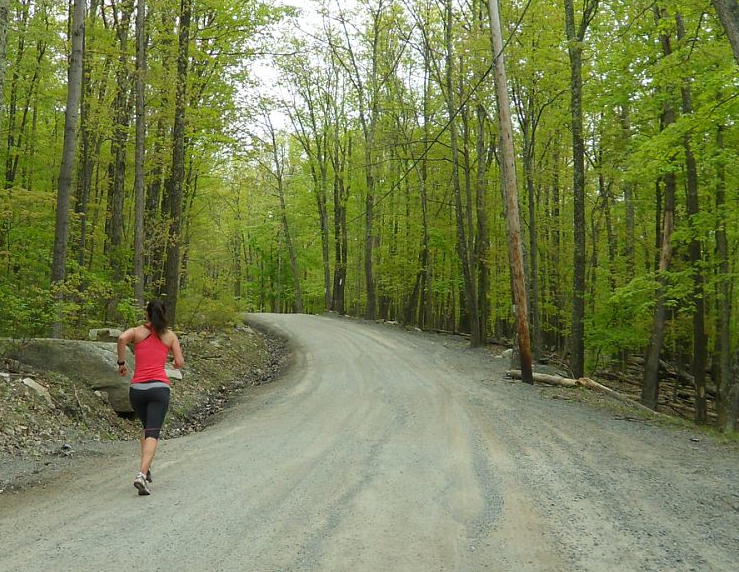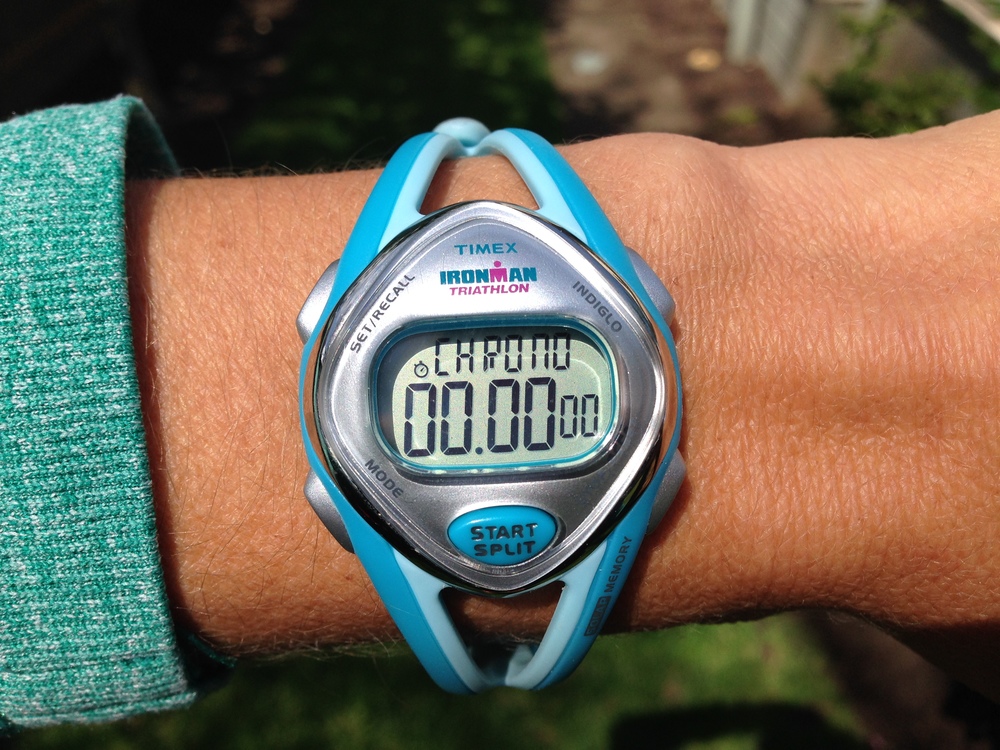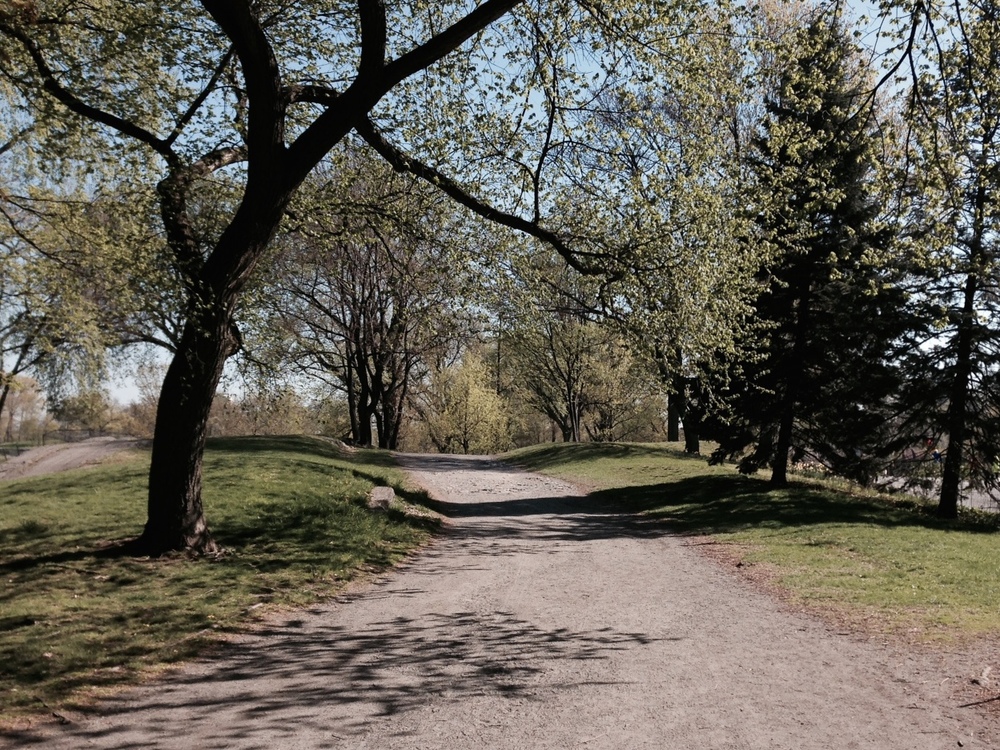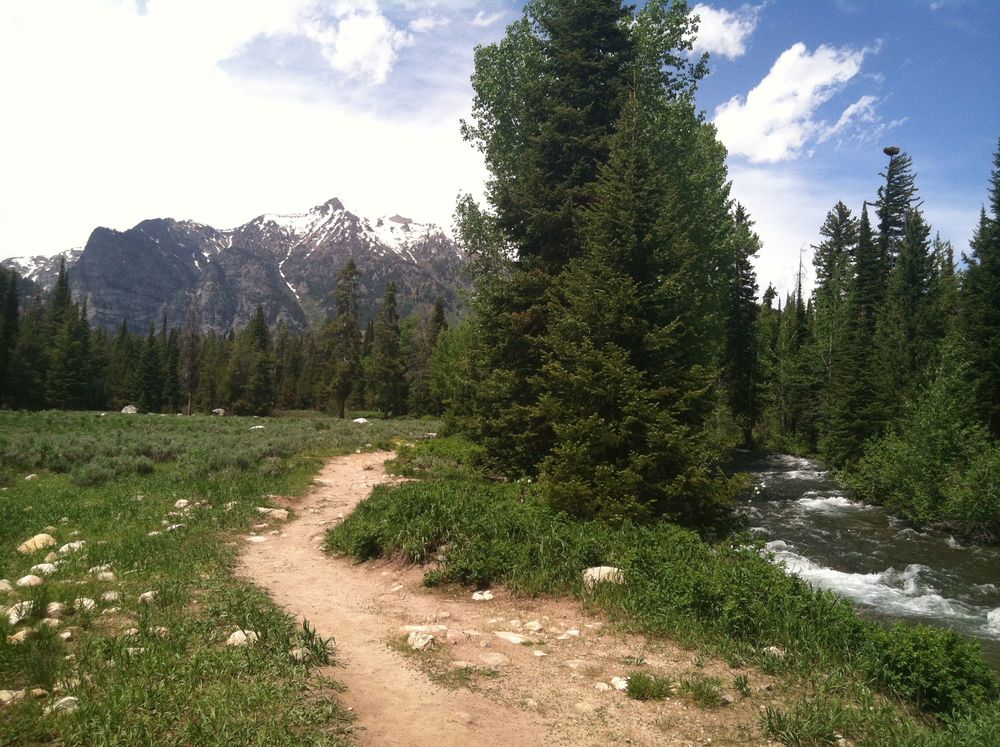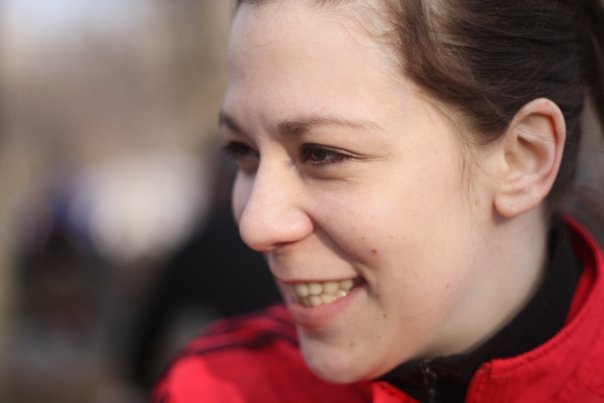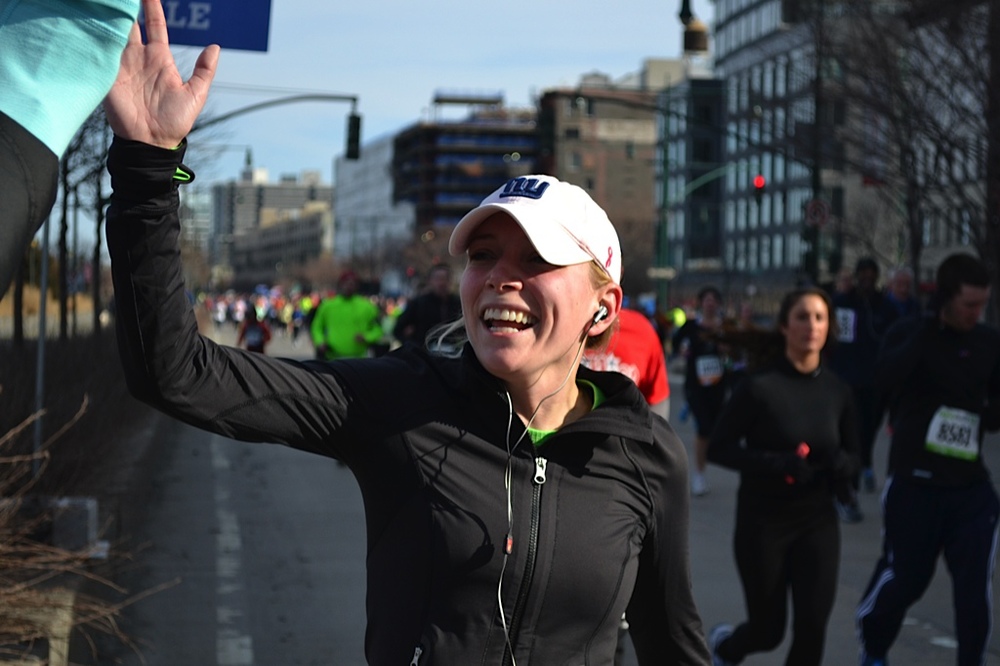By Elizabeth Eckhart
It seems the days when it took an elite athlete and months of training to even consider running a full marathon are gone. Now, it is almost impossible to drive through any moderately sized city and not see a window sticker proudly proclaiming, 13.1 or 26.2. Races have evolved as well, from basic courses to themes and events. Runners can choose and are encouraged to run in costumes, mud, and even get sprayed with color along the route. Especially during the holiday season, one glance through your Facebook news feed will show someone who decide to forgo the after dinner nap in front of the television in favor of a nice chilly run.
For those of us who might be interested in participating in a holiday fun run, but may not be up to speed on what is available, let's explore some of the famous and most popular options for pounding the pavement this holiday season.
The Jingle Bell Run/Walk for Arthritis is a fun themed 5k race that happens across the country in December. Major cities include Portland, Or, Fort Worth, TX, and New York City. Participants dress up in their favorite holiday costume, whether it be reindeer antlers or ugly Christmas sweaters, and tie jingle bells to their shoe laces to raise both money and holiday spirit as they run.
If you happen to be near the Big Apple this holiday season, New York City Runs offers several different races throughout the winter, including the Frozen Bonsai Half Marathon, a race through Central Park, the Brrr-ooklyn Half Marathon, which will be offering hot cocoa and snacks at the finish line, and The Empire State Building Run-Up, a warmer race in which participants run up the tower's 86 flights of stairs.
The Santa Shuffle (or Santa Hustle, depending on your location) is another popular theme for 5k’s, 10k’s, or 15k’s that offer runners dressed in warm Santa suits candy along the route and cookies and cider at the finish line. Proceeds from this event go to various charities; for example, the Santa Shuffle in Wisconsin will donate to local food pantries and participants are asked to bring canned food for a food drive. CBS Sports, WGN, and even the Travel Channel (click here for provider info) have been known to take an interest in the Santa Hustles, so be sure to wave to the cameras during this run!
Run Disney is also a great choice if you want a holiday run, but don't relish the thought of doing it in 20 degrees with snow drifted around you. Disney provides its Disney Marathon Week every January and February, offering themes such as Star Wars and Disney Princesses, Neverland and Tinker Bell. Run Disney also offers children's races so that the entire family can participate in the fun.
If you do opt to participate in one of these chilly runs, it is important to remember to prepare appropriately for the weather conditions. Dress warmly, but not too warm, guidelines often suggest dressing as if it is 20 degrees warmer than the actual temperature. You should be slightly cool when you start, since your body will warm up as you run.
A waterproof windbreaker would also be a good idea to protect you from rain and wind. One place not to skimp on the dressing is your feet. Opt for waterproof shoes with gore tex uppers instead of the lightweight mesh that a runner might normally choose. Keeping your feet dry and warm will help to ensure you have a more enjoyable time during your run.
Before the run, be sure to warm up; if you're waiting for a running buddy, don't just sit in your car, get out and move around. During the run, pace yourself, cold air is hard on your lungs and you may not have the endurance that you normally have in nice weather. Post run, be sure to get out of any sweaty clothes and warm yourself up quickly with whatever treats the race organizers have provided!




